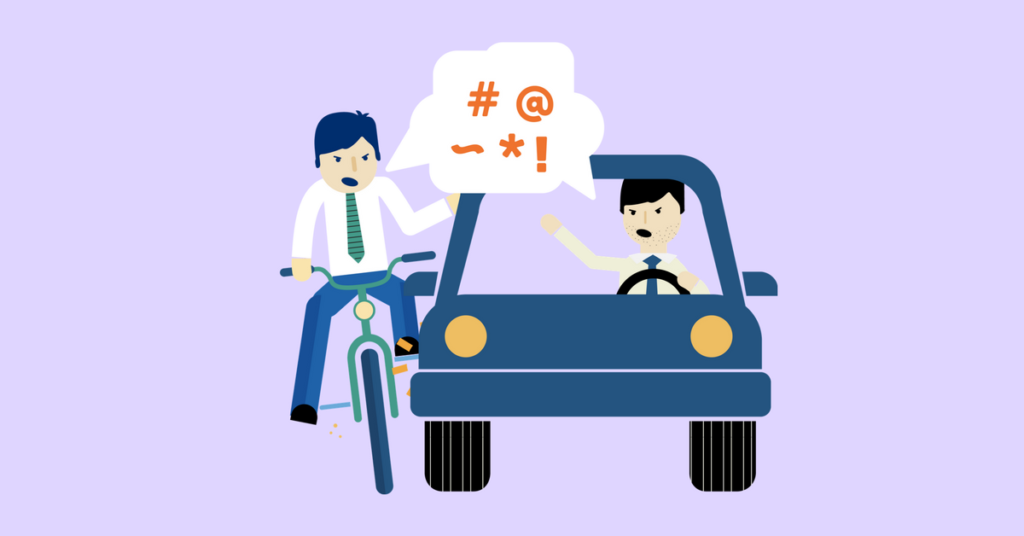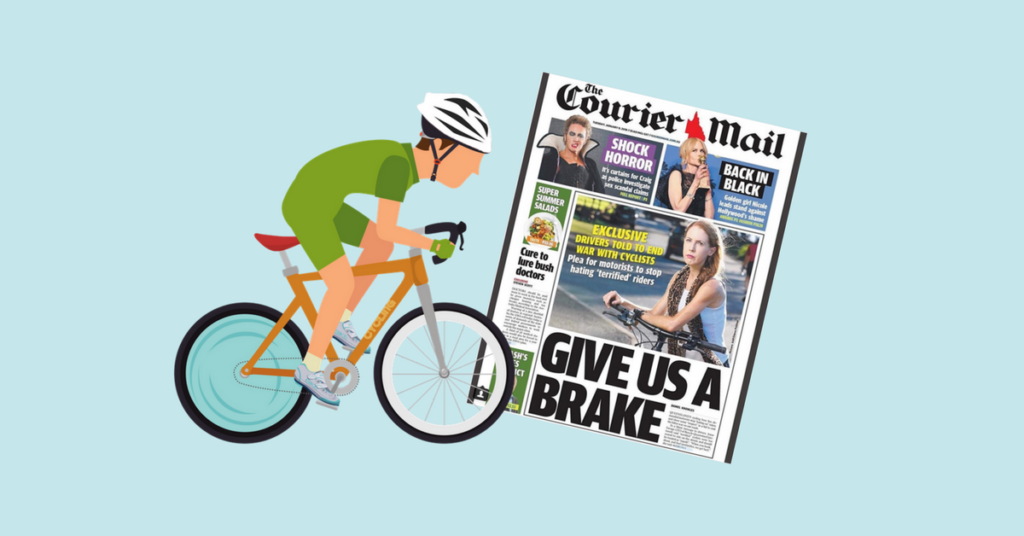An injury often leads to time away from work. Whether you’re an employee, a contractor or a business owner; this usually means economic loss.
Compensation claims can cover for this loss, but figuring out how much to claim is not always easy. Find out why the Judge rejected Gary’s calculation (in Land v Dhaliwal & Anor [2012]), and how you can avoid the same outcome.
Gary's Story
Let me introduce you to Gary Land.
Gary had an interesting work history. Like many people, he’d tried a few things. He’d worked as a fitter and turner, a barman, a go-go dancer and a cleaner. He’d studied, he’d travelled, and he’d owned a doughnut business.
About 4 years prior, he became involved with bicycle shops – as an owner and also a mechanic. One year before the accident, Gary purchased the bike shop he was working at and took over the running of the business.
Gary was looking forward to building his business to support his family.
Gary's Dream
I have finally found something I am passionate about and good at.
I am working hard to make this business profitable for me and my future family.
My wife and I are expecting our first daughter this year so I am really pulling out all the stops now.
Then the accident happened. Gary was cycling along Airport Drive in Eagle Farm, Brisbane when a taxi driver pulled in front of him. The driver came to an immediate and sudden stop. Gary was flung over the boot of the car.
Gary suffered an extensive back injury and aggravated an existing knee injury.
He underwent several surgical procedures to both his back and knee but was left with chronic pain.
After the accident, Gary couldn’t return to his normal life. He couldn’t stand for long periods, struggled to sleep, and suffered memory difficulties.
Gary was frustrated.
He struggled to work and do simple everyday tasks he had done before the accident.
Gary’s frustration started affecting his relationships and work. He could no longer remain patient with customers and he had to employ more staff to cover the work he couldn’t do.
With mounting medical bills and more stress at work, Gary was forced to sell his business. His dream of being able to provide his family with a stable income was now impossible.
He felt like he had let everyone down.
A cyclist shouldn't be left in a financial hole because a careless driver failed to look.
The government recognises this and provide people like Gary an avenue to access compensation to cover their financial hardship, known as Compulsory Third Party (CTP) scheme.
It also provides an opportunity for cyclists to hold motorists accountable for their negligent acts.
CTP Insurance Scheme
Click the term to reveal it's definition.
CTP Scheme
Compulsory Third Party (CTP) is insurance attached to the registration of your vehicle, which provides protection to the at fault driver, against compensation claims from people injured in a motor vehicle accident
Gary brought a personal injury claim to compensate him for his injuries and the effect they had on his life. He brought his claim against the taxi driver and the taxi driver's compulsory third party (CTP) insurer. His claim consisted of the following components:
- General damages (for pain and suffering)
- Economic loss (for financial loss he had already suffered, and would suffer in the future)
- Out-of-pocket expenses (for treatment and medication he had paid for, and the costs of travelling for that treatment)
- Future treatment (for the costs of surgery and medication he would need in the future)
Most parts of his claim were simple. But as Gary soon found out, putting a dollar figure on the impact the injuries have had on his life was harder than he thought.
Because of his varied and complex work history, Gary’s assessment for economic loss was a contentious issue at trial.
For Gary's claim to succeed he had to establish how much income he had lost.
How do you calculate economic loss?
To calculate Gary’s economic loss, the Judge had to calculate:
- Pre-accident earning capacity: What would Gary have earned if the accident never happened?
- Post-accident earning capacity: What has Gary earned, and what is he likely to earn, now that the accident has happened?
Gary’s economic loss is the difference between those two amounts.
The tricky part was figuring out what those two amounts were. Gary and the defendants had very different ideas about this.
Gary's Calculation
Gary relied on a chartered accountant to calculate his loss. The accountant estimated Gary’s economic loss to be over $750,000.
The accountant came to this figure by looking at the profit of Gary’s bike shop before the accident, and the profit of Gary’s bike fitting business some years after the accident.
The accountant calculated the difference between those two figures and claimed that that loss would occur every year until Gary’s retirement.
The Judge did not like this approach for a few reasons:
- Gary’s potential earnings were not necessarily equal to the profits of his shop or business;
- There is no reason why the bike shop profits were a good indicator of Gary’s pre-accident earning capacity;
- There is no reason why the business profits were a good indicator of Gary’s post-accident earning capacity.
The Judge rejected Gary’s calculation, saying:
Judge Daubney
“The methodology adopted by [the accountant]…suffers from…difficulties… accordingly, I do not accept the bases advanced by [Gary].”
The Insurer's Calculation
The defendants engaged a forensic accountant to properly analyse Gary’s earning capacities.
The forensic accountant provided an expert report and later gave evidence at trial.
The forensic accountant focused her calculations around the value of Gary’s labour. She figured out what this was by looking at what Gary paid his staff to fill in for him. Or in essence, how much Gary would have earned working for another company as a retail manager and bike mechanic.
The forensic accountant went into great detail and explored many hypothetical scenarios. Importantly, all of these scenarios matched how the Courts typically assess economic loss.
The Judge liked the forensic accountant’s calculations, saying:
Judge Daubney
“…the methodology employed by [the forensic accountant] is consistent…with the relevant principles for the assessment of economic loss.”
Gary lost his argument.
The Judge adopted the forensic accountant’s approach and awarded Gary just under $250,000 for economic loss.
This was $500,000 less than what Gary was claiming.
Gary's case is a timely reminder of the importance of arming yourself with sound, expert evidence.
Gary was smart enough to know he needed help – but he called in an accountant who wasn’t equipped for the job.
The defendants were smarter and called in an expert in this area of accounting – one who was familiar with how the courts expect economic loss to be calculated. As a result, she came up with a much more compelling argument, provided multiple alternatives to cover her bases and won.
Even if an injured person’s career path is more straight-forward than Gary’s, it’s still difficult to predict what their earning capacity might have been and what it is now. There’s no crystal ball that can show us both scenarios.
To properly calculate economic loss, there needs to be careful analysis of things like:
- Work history;
- Education and qualifications;
- Career goals (and the likelihood of those goals being met);
- Earning potential;
- Career trajectory (before and after the accident).
Asking an expert to do this analysis can make a lot of difference. In Gary’s case, it was a $500,000 difference.
Learn from Gary’s mistake. If in doubt, back up your claim with an expert – preferably one that knows the Court system.
Written by Verity Smith | Law Graduate












